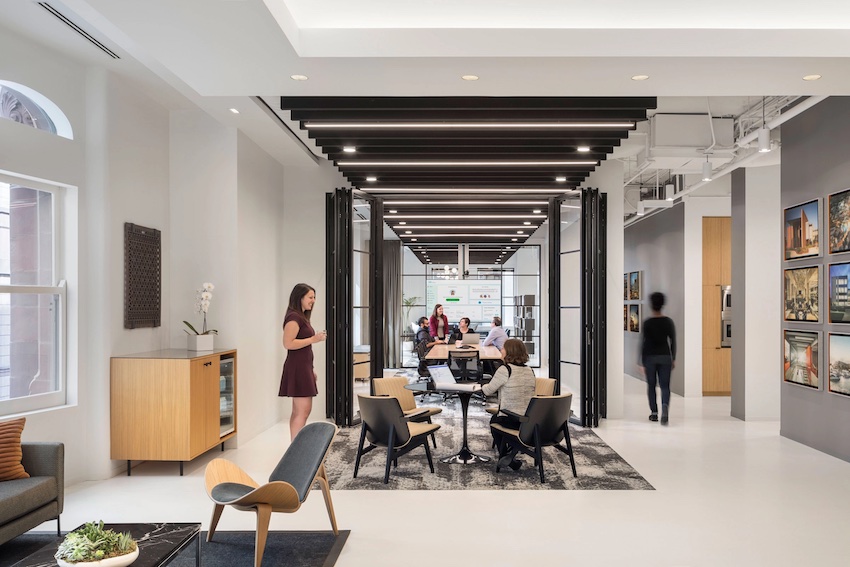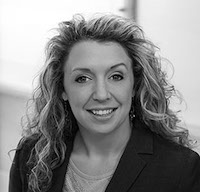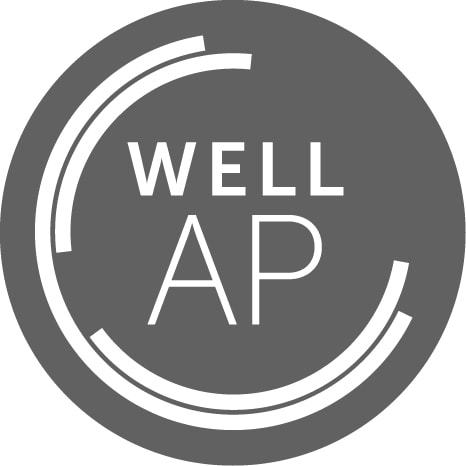Prioritizing Well-Being for a Healthier Built Environment
Learning Objectives:
- Discuss two measures used for the Perkins Eastman project to emphasize occupant well-being and to pursue WELL v2 certification.
- List three ways these projects reduced overall energy consumption while improving the built environment.
- Describe the approach used for the Perkins & Will project to put occupant well-being at the top of their design priorities.
- Explain the challenges faced when pursuing WELL v2 certification.
Credits:
This course is approved as a Structured Course
This course can be self-reported to the AANB, as per their CE Guidelines
Approved for structured learning
Approved for Core Learning
This course can be self-reported to the NLAA
Course may qualify for Learning Hours with NWTAA
Course eligible for OAA Learning Hours
This course is approved as a core course
This course can be self-reported for Learning Units to the Architectural Institute of British Columbia
This webinar is part of the Health and Well-Being Academy
This course presents several projects that have put health and well-being at the top of their priority lists. Each project approached the challenge in their own unique way, some attaining the WELL certification and others focused on the same criteria but with a different end in mind. This webinar will help you to gain valuable insight into the design processes used and to learn about the many and varying ways all firms can move the built environment towards a healthier future.
The presentations will be followed by a moderated discussion focused on how these innovative custom home projects address several key issues.

Photo courtesy of Perkins Eastman
Inside the welcoming lobby at Perkins Eastman’s Chicago Studio.

|
Madona Lizi Cumar-Malhotra , IIA, Assoc. AIA, NOMA, LEED AP, Senior Project Architect and Manager, Perkins Eastman. Madona’s work spans large-scale commercial, hospitality, healthcare, residential, industrial, and corporate workplace design throughout India, Singapore, and the United States. A versatile and driven professional with over 13 years of experience, Madona uses her platform – whether as a project architect/designer, project manager, or business developer – to educate clients on the benefits of pursuing green building certifications. Madona, in close collaboration with clients, engineers, consultants, and contractors, promotes sustainable building design strategies by fostering workplace best practices in reduction of carbon footprint as a means to achieve efficient and healthier workplaces, neighborhoods, and communities. Madona received her Master in Architecture from Georgia Institute of Technology, where she presented her winning thesis, titled “Net-Zero Energy Buildings - Designing Homes for Empty Nesters”. She is a LEED accredited professional, a registered architect in India and is on the path to licensure in the United States. |

|
Mary Dickinson, Regional Sustainable Design Leader and Senior Associate, Perkins + Will, and Co-Director, Material Performance Lab. As a member of the firm’s Sustainable Design Council & Research Board, Mary assures that sustainable ideas are an integral part of the firm’s projects and practice. Her knowledge extends and impacts multiple market sectors. Fueled by her passion in refining the role of the built environment on human and ecological health, Mary co-chairs the firm-wide Material Performance Lab. |

|
Ana Pinto-Alexander, RID, IIDA, EDAC, Principal and Senior Vice President, HKS. A highly recognized and featured designer, Ana has more than 34 years of experience designing interiors for the country’s most progressive facilities. Her extensive research anchors her belief that the environments where we live, work, and play greatly reflect and affect who we are as individuals. These foundational beliefs were shaped by her childhood in Colombia, South America, and enhanced by extensive international travel that influences her unique design perspective. |















